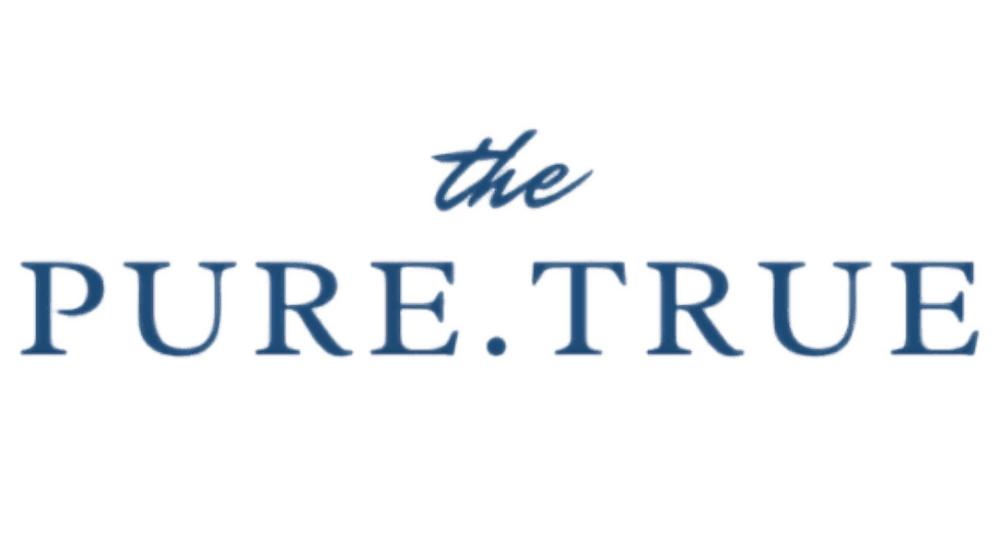Herbal Solutions

Tinctures
What is an Herbal Tincture?
Tinctures are concentrated herbal extracts made by soaking the bark, berries, leaves (dried or fresh), or roots from one or more plants in alcohol or vinegar.
The alcohol or vinegar pulls out the active ingredients in the plant parts, concentrating them as a liquid.
There’s some research Trusted Source and anecdotal reports that suggest some plants have medicinal properties and health benefits.
Tinctures have been around for millennia and are a key component of traditional herbal medicine.
The U.S. Food and Drug Administration (FDA) considers most tinctures — with some exceptions — supplements. So, in many cases, their health effects are unclear and not well-studied.
Tinctures make it easy to consume the natural health-boosting chemicals found in some plants. They’re usually inexpensive to make and can be easily prepared at home.
The accessibility of herbal remedies like tinctures is probably a major reason why an estimated 80 percent of the world population relies on these treatments for at least some of their healthcare needs.
Here are some common plants used for tinctures that scientific studies suggests can benefit your health:
- Chamomile (flower). Research Trusted Source suggests chamomile is a plant that’s effective in treating anxiety, healing wounds, and reducing inflammation
- Feverfew (leaf). Feverfew was traditionally used to reduce fevers, but today most people use it to prevent migraines and treat arthritis. However, studies on fever few’s effect on migraine prevention are inconclusive. Some suggest it works, and some suggest it doesn’t Trusted Source. There’s some developing research suggesting fever few’s potential to treat cancer, pain, and rosacea. A study involving mice showed promising results regarding feverfew as a possible treatment for anxiety and depression.
- Garlic (cloves, root). An analyses of several small and limited scientific studies suggests garlic is effective at making small reductions in total cholesterol and LDL (bad) cholesterol, but results were inconclusive. A follow-up analyses provided results that were somewhat more conclusive. They suggested garlic was effective in reducing total cholesterol and LDL cholesterol when used for more than 2 months. Scientists are also now studying garlic’s potential use in treating cancer.
- Ginger (root). Research suggests that ginger can reduce nausea in pregnant women, and anecdotal reports claim it’s a good remedy for motion sickness.
- Gingko (leaf). Ginkgo is used traditionally to treat a range of conditions from asthma to tinnitus. Recently, scientists have explored its potential use in improving memory, preventing dementia, and boosting brain function. Studies Trusted Source show that ginkgo contains chemicals known to boost the way brain cells function. But it doesn’t explain how it affects how the brain works in an actual person.
- Ginseng (root). Research suggests ginseng may have beneficial psychological and immune effects. It also suggests ginseng can help people with diabetes.
- Milk thistle (fruit). Research suggests that milk thistle can heal diseases of the liver.
- St. John’s wort (flower, leaf). A review of studies on St. John’s wort suggests it can ease the symptoms of depression.
- Saw palmetto (fruit). While saw palmetto has been used to treat benign prostatic hypertrophy for decades, new research suggests it might not be as effective as people once believed.
- Valerian (root). A small, limited review of studies suggest valerian root can improve sleep quality.
Get In Touch
We'd love to hear from you!
Please get in touch through the form below.
